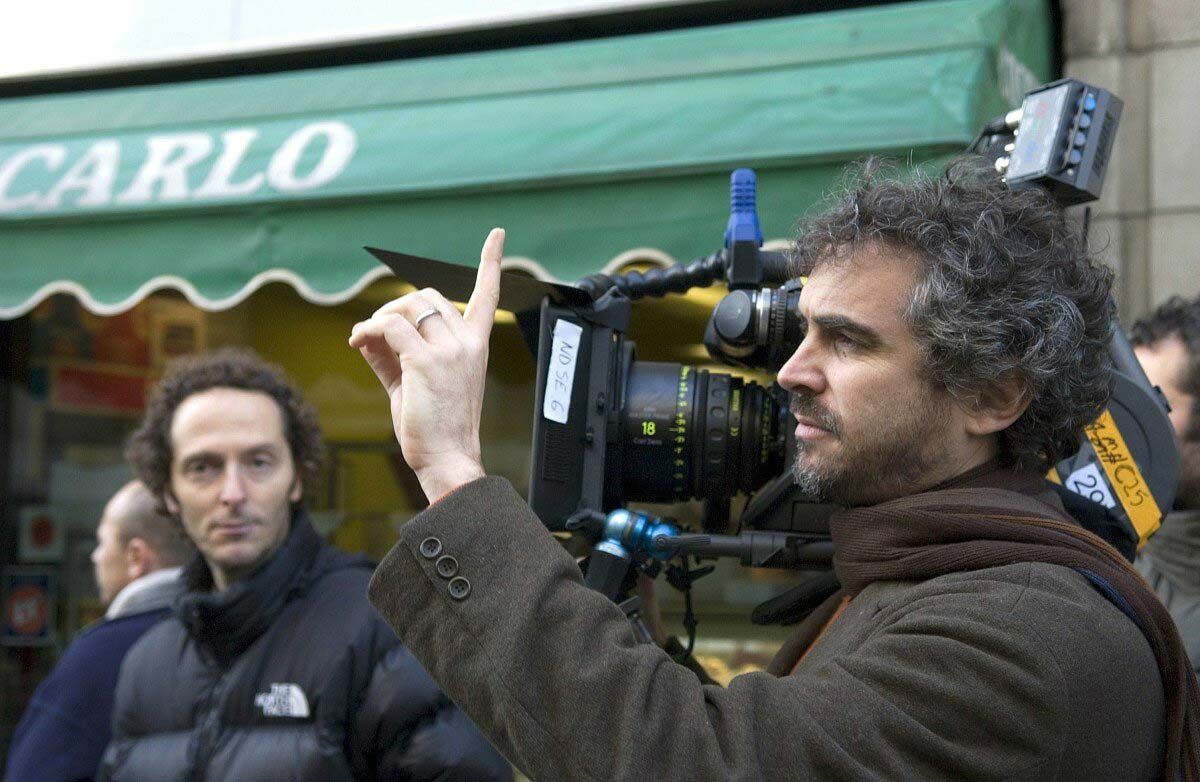Alfonso Cuarón is a name that resonates profoundly in the realms of filmmaking and cinematic artistry. A master director, screenwriter, producer, and editor, Cuarón has left an indelible mark on contemporary cinema. From poignant narratives to groundbreaking visual spectacles, his films have captivated audiences worldwide. But what lies beneath the surface of his accomplished career? In this exploration, we delve into the lesser-known aspects of his life, including his net worth, early background, career milestones, intriguing facts, and any controversies surrounding him. So, what was Alfonso Cuarón’s net worth, and how did he rise to such heights in the film industry?
Net Worth
As of the latest estimates, Alfonso Cuarón’s net worth is a staggering $50 million. This wealth is a testament to the success of his cinematic endeavors, which include critically acclaimed films like “Gravity,” “Roma,” and “Children of Men.” But wealth isn’t merely measured in dollars; it also encompasses the artistic legacy a filmmaker leaves behind. Cuarón’s films have not only generated substantial box office revenue but have also earned numerous accolades, including Academy Awards. His financial success enables him to support various social causes, adding a philanthropic dimension to his profile.
Early Life and Education
Born on November 28, 1961, in Mexico City, Cuarón’s early life was painted with a rich tapestry of cultural influences. The son of a biologist and a teacher, he was introduced to a plethora of ideas and creative expressions from a young age. His upbringing was interspersed with literature, painting, and cinema, sparking an early interest in storytelling and visual arts.
After completing his secondary education, Cuarón pursued his passion for filmmaking at the National Autonomous University of Mexico (UNAM), where he studied film. This institution, renowned for its robust film program, helped him hone his technical skills and develop a keen sense of narrative. He eventually graduated and embarked on a career that would take him from the Mexican film industry to Hollywood’s grand stage.
Career Overview
Cuarón’s career began in the late 1980s with television projects and short films in Mexico. However, his breakout came with “Como Agua Para Chocolate” in 1992, a film that showcased his unique storytelling abilities. He quickly gained recognition in Hollywood, directing “A Little Princess” (1995) and “Great Expectations” (1998), which established him as a versatile filmmaker.
His career skyrocketed with “Harry Potter and the Prisoner of Azkaban” (2004), the third installment of the iconic series. Cuarón’s creative vision transformed the franchise, introducing darker themes and a more mature aesthetic. After this venture, he directed “Children of Men” (2006), a dystopian thriller that not only received critical acclaim but also garnered several award nominations.
But perhaps his most significant achievement came with “Gravity” (2013), a visually stunning space drama that won him the Academy Award for Best Director. This film pushed the boundaries of cinematic technology and storytelling, earning it seven Oscars in total. Not resting on his laurels, Cuarón continued to innovate with “Roma” (2018), a deeply personal black-and-white film that further solidified his reputation as one of the greats in modern cinema.
Interesting Facts
Cuarón is not only a creative genius but also a filmmaker of quirks. For instance, he is known for his strong collaborations with actors and a rather unique approach to storytelling. Did you know that he often employs long takes in his films to enhance realism and immerse viewers? This technique can be challenging to master, yet Cuarón wields it with a deft hand, creating breathtaking sequences that leave audiences in awe.
Moreover, Cuarón is multilingual, fluent in English and Spanish, and has even worked in several languages, which allows him to connect with diverse audiences. Another fascinating aspect of his personality is his desire for authenticity. Before filming “Roma,” he spent considerable time with the people from the era he depicted, drawing from their experiences to create a film rife with genuine emotion.
Controversy
In addition, Cuarón’s decision to make “Roma” available first on Netflix ignited debates about the theatrical experience versus streaming. Traditionalists argued that it undermined the cinematic form. Yet, Cuarón defended this choice, emphasizing accessibility and the changing dynamics of how audiences consume art.
In conclusion, Alfonso Cuarón’s journey from a young boy in Mexico City to a luminary of global cinema is marked by talent, determination, and a penchant for pushing boundaries. His intriguing life story, substantial net worth, and groundbreaking contributions to film illustrate not just an individual’s success but also a continuous dialogue about art’s role in society. So, as viewers, what narratives do we embrace, and how do they challenge our perceptions of the world around us? The films of Alfonso Cuarón may offer some answers, enriching our understanding one frame at a time.






